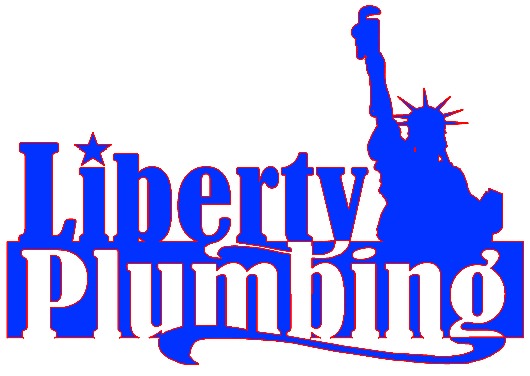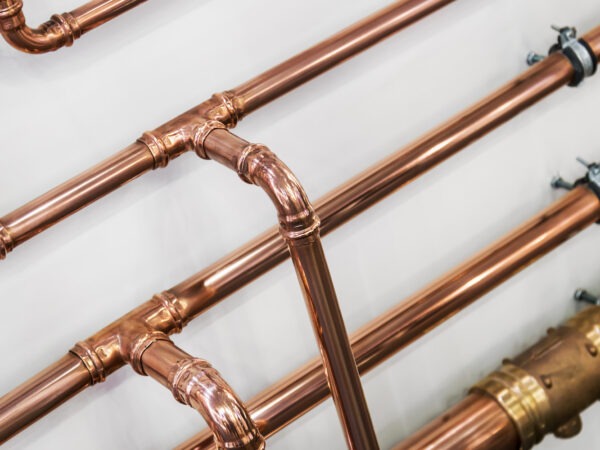Plumbing is one of the most important systems in your home — but it doesn’t last forever. Old pipes can lead to serious problems like leaks, water damage, low water pressure, and even health risks. Knowing when to replace your plumbing can save you thousands in repairs and prevent future headaches.
Here’s how to tell if it’s time to upgrade your pipes:
- Know the Age and Type of Your Pipes
Different materials have different lifespans. If you know when your home was built and what kind of pipes you have, you can estimate when they may need replacing.
- Supply Pipes (Water Lines)
- Brass: 40-70 years
- Copper: 50+ years
- Galvanized Steel: 20-50 years
- Drain Pipes
- Cast Iron: 75-100 years
- PVC: Can last indefinitely but may fail if improperly installed
- Outdated Materials
- Lead and polybutylene pipes should be replaced immediately. They are prone to failure and can pose health risks.
- Watch for These Warning Signs
If you see any of the following, your plumbing may be near the end of its lifespan:
- Discolored Water: Rusty or brown water can indicate corroded pipes.
- Frequent Leaks: Ongoing leaks suggest pipe walls are thinning.
- Low Water Pressure: Often caused by internal corrosion or mineral build-up.
- Water Stains: Marks on walls, ceilings, or floors can signal hidden leaks.
- Visible Corrosion: Green, white, or rust-colored buildup on exposed pipes is a sign of deterioration.
- Strange Noises: Banging, rattling, or gurgling sounds from pipes could indicate blockages or pressure problems.
- Consider the Cost of Frequent Repairs
If you’re regularly calling a plumber for patch jobs, it may be more cost-effective to replace sections of your plumbing instead of constantly fixing leaks. Frequent repairs are often a sign that the whole system is reaching the end of its life.
- Plan Proactively for Old Homes
If your home is 50+ years old and still has its original plumbing, it’s time to consider a full inspection. Even if you haven’t had major issues yet, older pipes may be corroding from the inside out. If you’re remodeling your kitchen or bathroom, that’s the perfect time to replace old pipes since walls and floors may already be opened up.
- Health and Safety Considerations
Lead pipes, which were common in homes built before the 1950s, can contaminate your water and are a serious health hazard. Polybutylene pipes, used in the 1970s-1990s, are prone to cracking and should also be replaced.
Don’t Wait for a Major Leak to Replace Old Plumbing. Schedule Your Northern Virginia Plumbing Service Today!
Replacing old plumbing may feel like a big project, but ignoring the signs can lead to much larger, more expensive problems like flooding, mold, and water damage. If you notice ongoing issues or know your pipes are aging, it’s smart to schedule a plumbing inspection and plan for replacement before a major failure happens.
At Liberty Plumbing, we have proudly served the Northern Virginia for two decades. Our experienced team is ready to respond, assess the situation, and provide the necessary plumbing repairs in Northern Virginia to restore your home’s plumbing system to optimal working condition. Contact us today!

